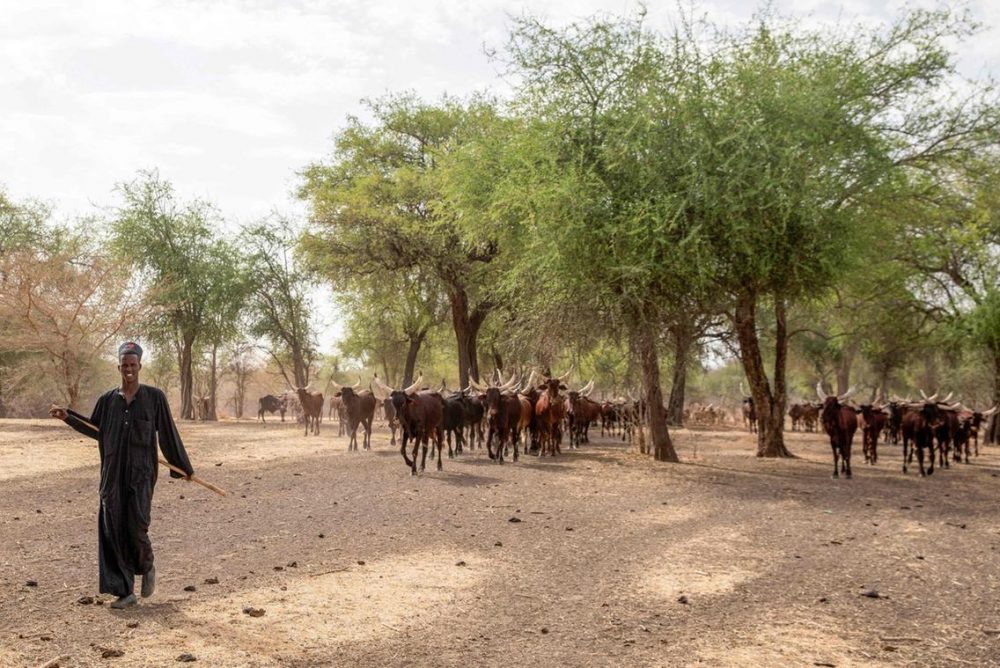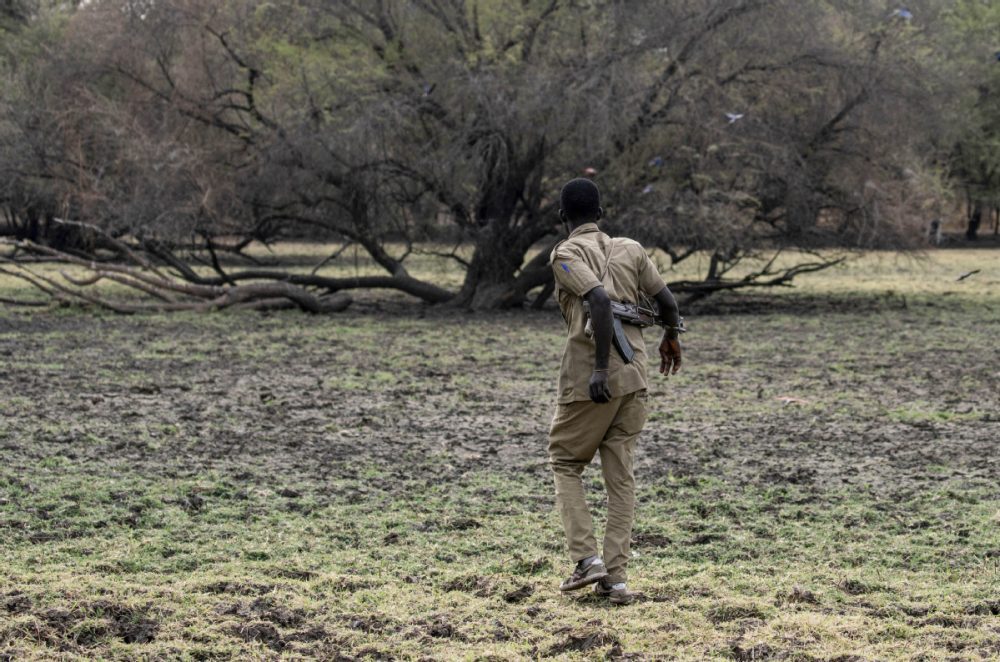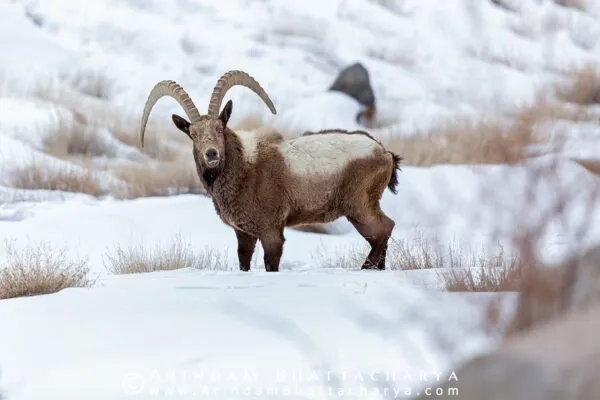Human Encroachment in Sudan’s Dinder National Park Threatens Wildlife
Dinder National Park boasts of Sudan’s greatest biodiversity park – a haven for wildlife to survive. However, the population increase in the nearby villages has amplified human encroachment in Sudan’s Dinder national park, threatening the wildlife.
Spread over 10,000 square kilometers, the park is sandwiched between the vast grasslands of the Sahel and the forests of Ethiopian highlands. The park is home to a variety of species due to its diverse habitat. Freshwater lakes create a hospitable environment for the park’s woodlands and savannah, making it a flyway for migratory birds.

Sudan’s biggest wildlife reserve faces threat from human neighbors | Image: The National News
The park was initially declared a protected reserve under Anglo-Egyptian rule in 1935 and has been untouched ever since. But in recent decades, the population has soared in nearby villages, creating a need for agricultural expansion. One of the villages has an estimated population of around 2,000 people and finds their 5 square kilometers of land “too small”.
Among the hardest-hit species are giraffes, which have disappeared because of habitat loss. Hungry villagers often harvest honey from the park’s forest, lighting fires to create smoke and breaching park rules.

Tucked away by the Ethiopian border, Sudan’s Dinder National Park boasts the country’s most diverse wildlife | Image: The National News
A 2019 study suggested that agriculture is a driving force behind the threats to protected areas, especially in tropical regions. Lack of funding and high levels of corruption are also contributing factors. The research argues that protected area designation can also undermine the right of local communities, which can encourage over-exploitation – creating a way for opportunistic outsiders.

Population increase in the nearby villages has amplified human encroachment in Sudan’s Dinder national park, threatening the wildlife | Image: China Daily
The effects of establishing protected areas can be viewed in the paper, but it needs to be followed with the right funding, management and community engagement. The study shows that it is essential to support indigenous tribes to manage the reserves effectively and reduce habitat loss.
Via: Africa News


